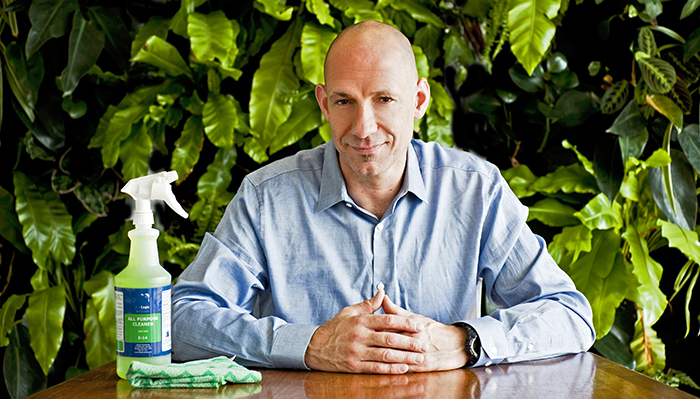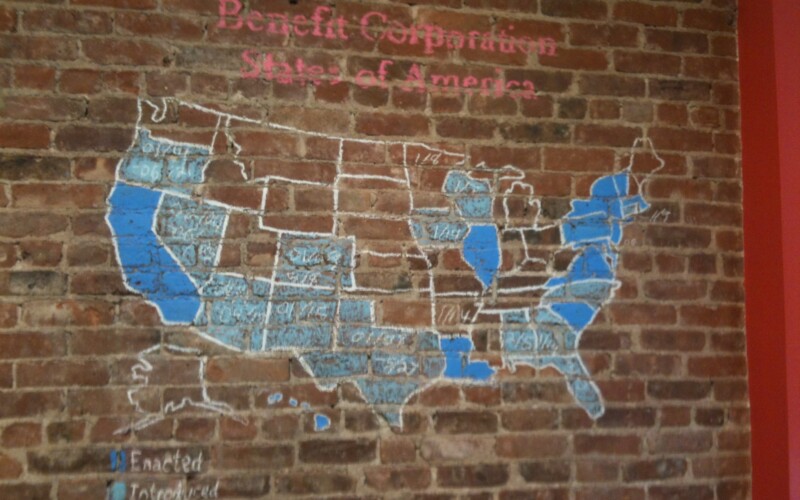We have experience hosting a range of audiences, from college classes to birthday parties to company outings, and we customize our tours to meet your group’s interests and needs.
Book a private tour today
Our friends at the Brooklyn Greenway Initiative (BGI) achieved a great milestone Friday when they officially opened the Naval Cemetery Landscape at the Brooklyn Navy Yard. The beautifully designed 1.7-acre green space is …
Read more

With all the major development projects underway at the Brooklyn Navy Yard (the Green Manufacturing Center, Wegman’s, Building 77, Steiner Studios expansion – the list goes on …), it is …
Read more

When it comes to so-called “green” products, we usually expect to pay more for something that doesn’t do the job quite as well as its mainstream counterpart. EcoLogic Solutions proves that this kind …
Read more

Today, many of the products we buy are slapped with a dizzying array of certification labels. You’ve probably seen the USDA certification attached to organic food products, or the Fair …
Read more

We all know that glass is made of sand, but Hurricane Sandy was no friend to recycled glass countertop manufacturer IceStone. The Brooklyn Navy Yard tenant was hit hard by …
Read more
